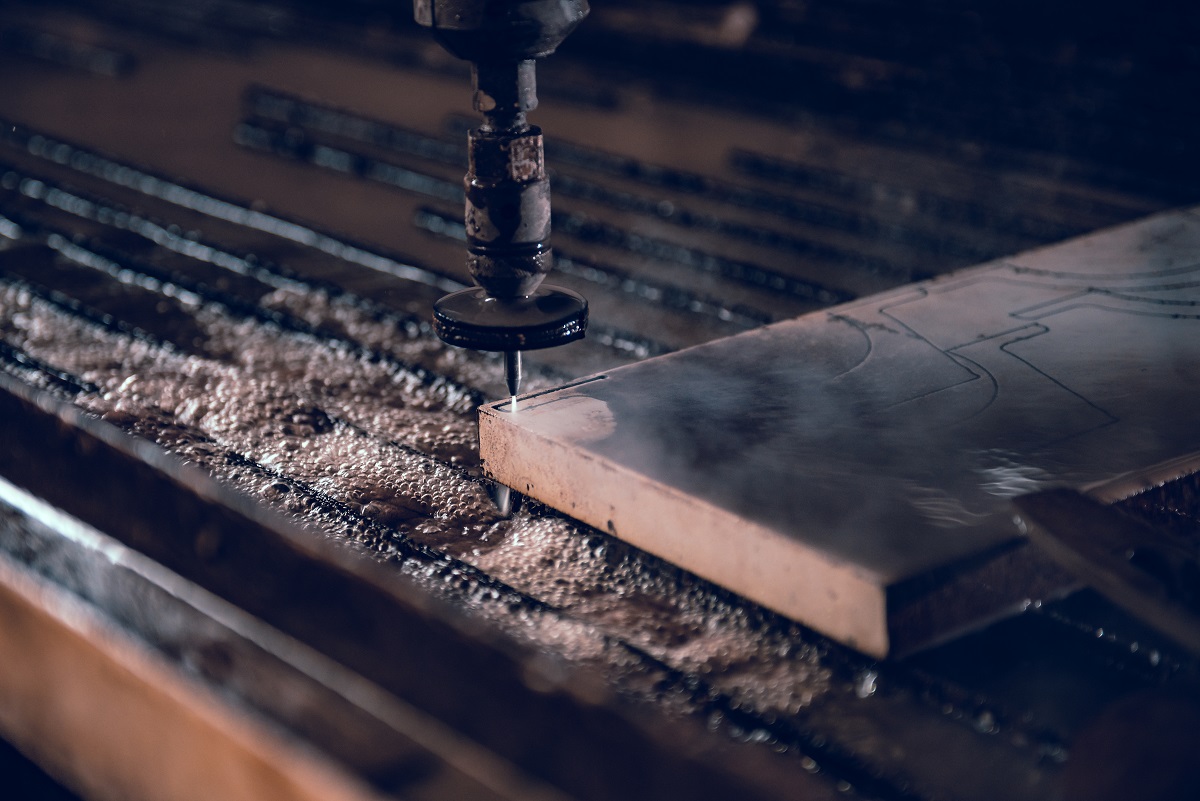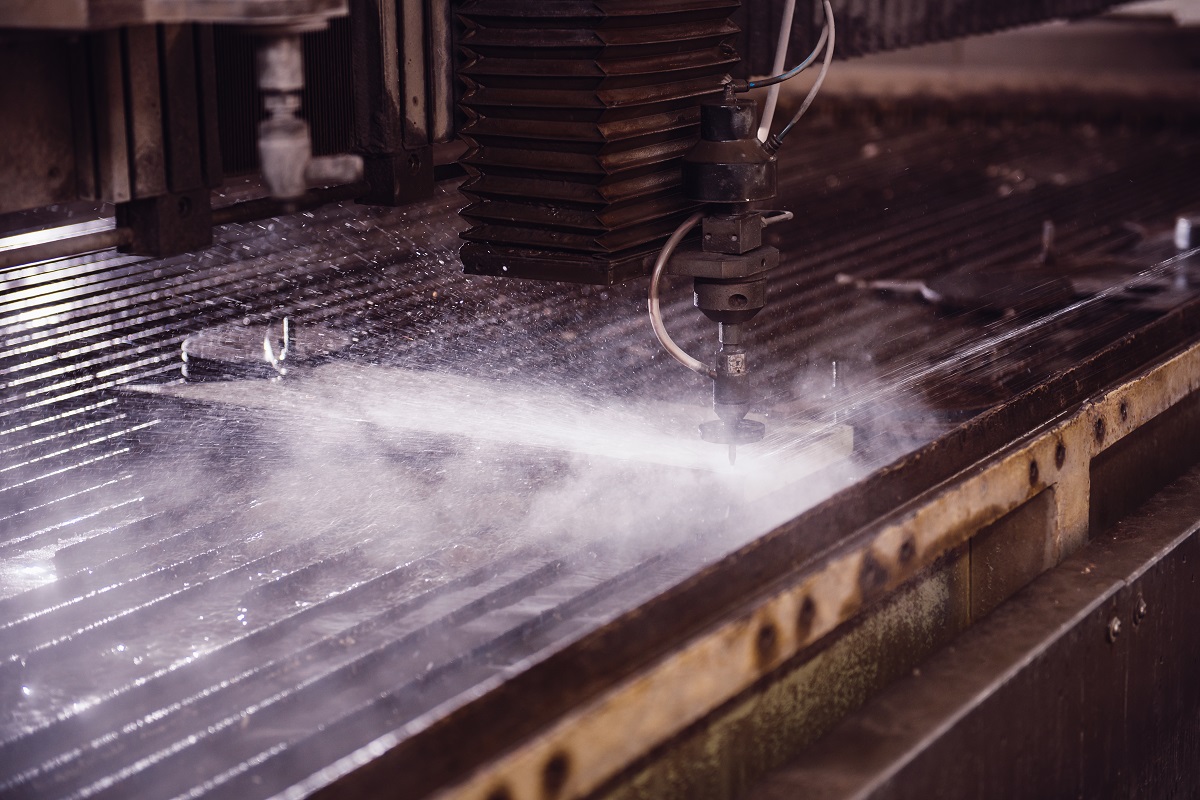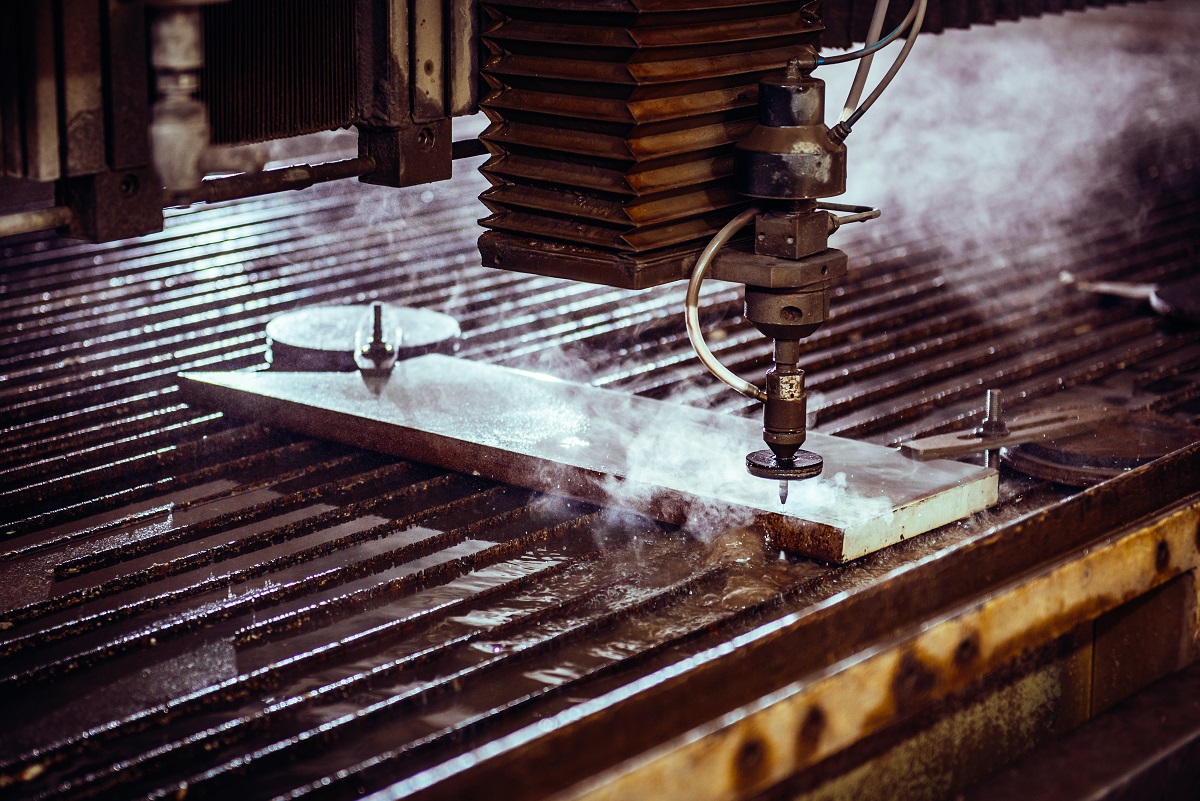What is water jet cutting and why is it preferable over other methods of cutting metal?
- Accurate and fast
- “Green” technology
- No heat-affected zone (HAZ)
- Versatile
- Continuously innovating
Waterjet cutting is nothing new when it comes to material-cutting technology but among the many different ways of cutting metal, it is definitely one of the more advanced. The term waterjet encompasses any kind of cutting tool that uses a high-pressure stream of water. From your local stainless steel to other metals such as wood, titanium, and other carbon steels, waterjets can cut almost anything.
Understanding why it is one of the best options for metal-cutting is important because if you own a manufacturing business that deals with metals, or just plain interested in cutting metal, then waterjet cutting might be the best for you not only now but also in the future. That being said, here is what you need to know regarding waterjet cutting.
Accurate and fast
If there is a word that can be used to describe waterjets, it would have to be the word “fast”. In fact, waterjets stay true to their names because they often shoot water at speeds faster than the speed of sound, faster than an actual jet. This is where the cutting power comes from. In order to cut harder materials, abrasives such as garnet and aluminum oxide are added. All of this culminates in a cutting method that is both fast and accurate — so accurate that it is capable of achieving a 0.13 mm accuracy on very intricate cuts and 3-D shapes.
“Green” technology

Aside from being fast and accurate, waterjet cutters are one of the best examples of ‘green technology’. What this means is that using it is helpful to the environment. To be more specific, waterjet cutters do not create any hazardous waste that could hurt the environment as byproducts of the cutting process. Aside from that, the water being used can be completely recycled when used in a close-looped system. This means less water being used across the board.
Since people around the world are starting to be more aware of the world’s environmental issues, the importance of green technology is becoming more and more apparent across all industries. Going forward, waterjet cutting could be the go-to method for not just metal-cutting, but for all other types of material as well.
No heat-affected zone (HAZ)
Another reason why waterjets are preferable is that there’s little to no heat being produced with the metal. Usually, the presence of heat can trigger chemical processes in the metal being cut. This could lead to warping which is not ideal for any construction purposes. Heat also leads to the production of toxic gases and fumes which the worker/s could inhale and cause that person to get sick.
The only time heat is produced is when the material being cut is thick. Even then, the water just absorbs the heat which minimizes any negative effect it can bring. Less risk to both user and material means a better production experience for you.
Versatile

As alluded to in the previous points, waterjet cutters can handle just about any material that a traditional cutter can. Examples of this include stone, bullet-proof glass, and most forms of metal and materials with reflective and uneven surfaces. It is safe to say that it is more versatile than other cutting methods such as flame/plasma cutting and manual grinding.
Flame and plasma cutting can adversely affect some types of metals due to the heat. This leads to the aforementioned warping and contamination. When it comes to manual grinding, the sharpness of the blade and thickness of the material dictate the efficacy of the cutting process. Waterjets are not limited to those kinds of factors which is a big advantage.
Continuously innovating
The best part about waterjet cutting is that it is a process that is continuously being improved, developed and innovated. The whole concept behind it is simple, but the potential, going forward, is staggering. Improvements such as improved software to guide the water jet and improved multi-dimensional cutting ability make for better bevels, 3-D shapes, and piping designs.
The way waterjets are being maintained is also getting better as time goes by, improving machine uptime and reducing operating costs at the same time. This improves the reliance of a waterjet on the orifice. Also, finding a way to improve the speed at which the water is blasted through the orifice is also on the minds of many waterjet manufacturing companies — ultimately improving the cutting power and enabling thicker materials to be cut more accurately.
Key Takeaway
Waterjet cutting is sure to be the metal cutting method of the future. Given its characteristics, it is one of the few sustainable methods of cutting materials that will outlive its other counterparts. It is efficient, environment-friendly, versatile, and poses little to no risk to anyone involved in the process. Cutting your local stainless steel has never been easier.
